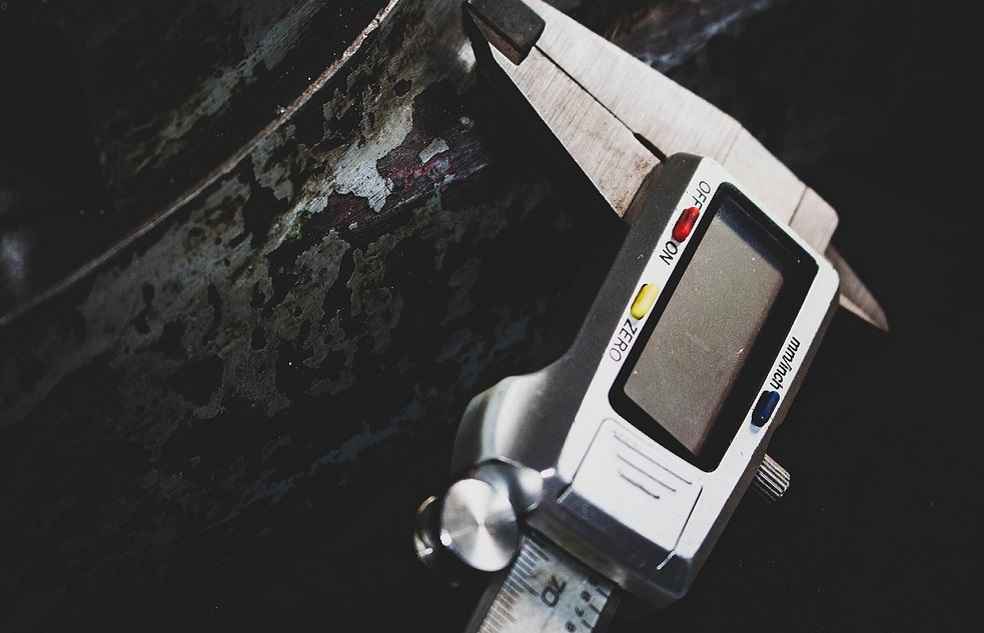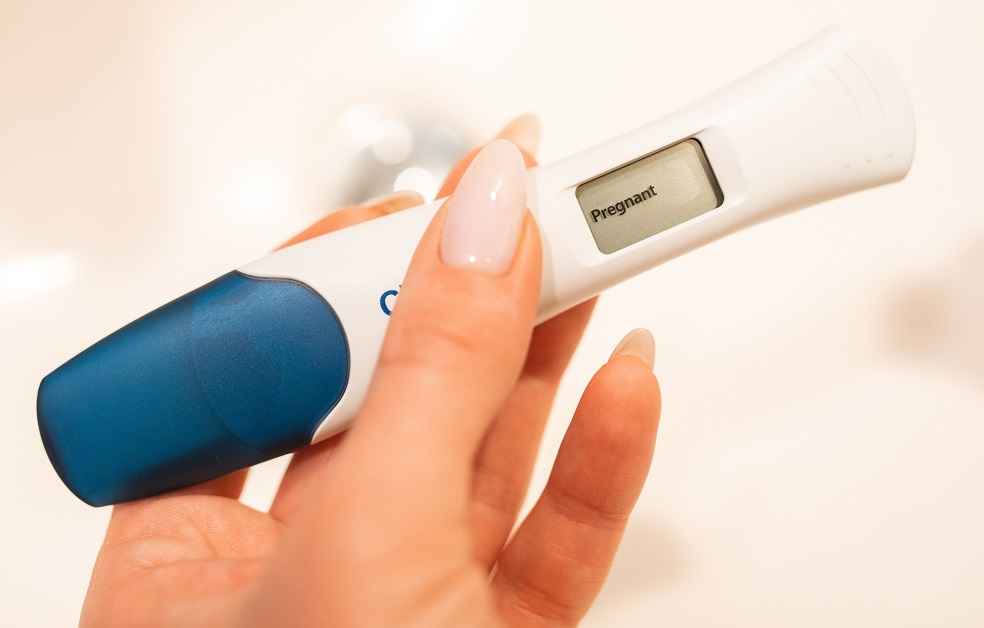A recent study by the University of Houston (UH) has introduced several digital tools designed to augment the productivity of energy sector processes. These include three state-of-the-art online calculators, freely available to industry professionals, the latest of which is the UH Hydrocarbon Gas Minimum Miscibility Pressure (MMP) Calculator.
Published in the journal ‘Geoenergy Science and Engineering’, the study illustrates how the novel calculators for hydrocarbon MMP, carbon dioxide MMP, and viscosity can streamline operations and yield considerable savings in time, resources, and money for field engineers.

With the energy industry shifting focus to carbon capture, utilization, and storage (CCUS) and a net-zero economy, gas injection techniques such as the MMP have become crucial. These calculations are fundamental to both enhanced oil recovery and carbon dioxide sequestration projects where hydrocarbons are present.
The team from UH comprises Utkarsh Sinha, a petroleum engineering graduate, Birol Dindoruk, the American Association of Drilling Engineers Endowed Professor of petroleum, chemical, and biomolecular engineering, and Mohamed Soliman, the department’s chairman. The trio first came together during Sinha’s graduate studies.

“These apps offer a fast and reliable method to provide the MMP value during gas injection with easily available inputs and at a significantly higher accuracy than other industry methods,” Sinha commented.
The carbon dioxide/oil and hydrocarbon gas/oil phase behaviours vary significantly, explained Dindoruk, necessitating the development of different tools with an expanded range of capabilities. The goal is to bring these innovations to the users, moving away from mere academic discourse to practical applications that enhance efficiency.

The freely available apps serve a dual purpose, as the researchers aim to gather user feedback to make future improvements and possibly develop new applications. They incorporate machine learning in their work, leading to optimized versions of subsequent models.
The UH Viscosity Calculator can calculate the thickness of crude in its natural state or ‘dead oil’, using minimal information. Dindoruk emphasized the usefulness of this tool in working around limitations in measuring oil viscosity at high temperatures.

Meanwhile, the UH Carbon Dioxide MMP Calculator and the UH Hydrocarbon MMP Calculator offer novel ways of calculating MMP for the commonly used gases in gas injection processes. Both calculators significantly enhance the process, particularly in gas injection for carbon dioxide sequestration and enhanced oil recovery.
By encouraging the use of these calculators, the researchers hope to improve oil recovery while reducing greenhouse gas emissions. They consider these apps an essential step towards providing comprehensive solutions to the energy sector’s practical challenges.
TRADE TECH: Digitalization, Blockchain, Iot, Ai, 3d Printing And Autonomous Vehicles



